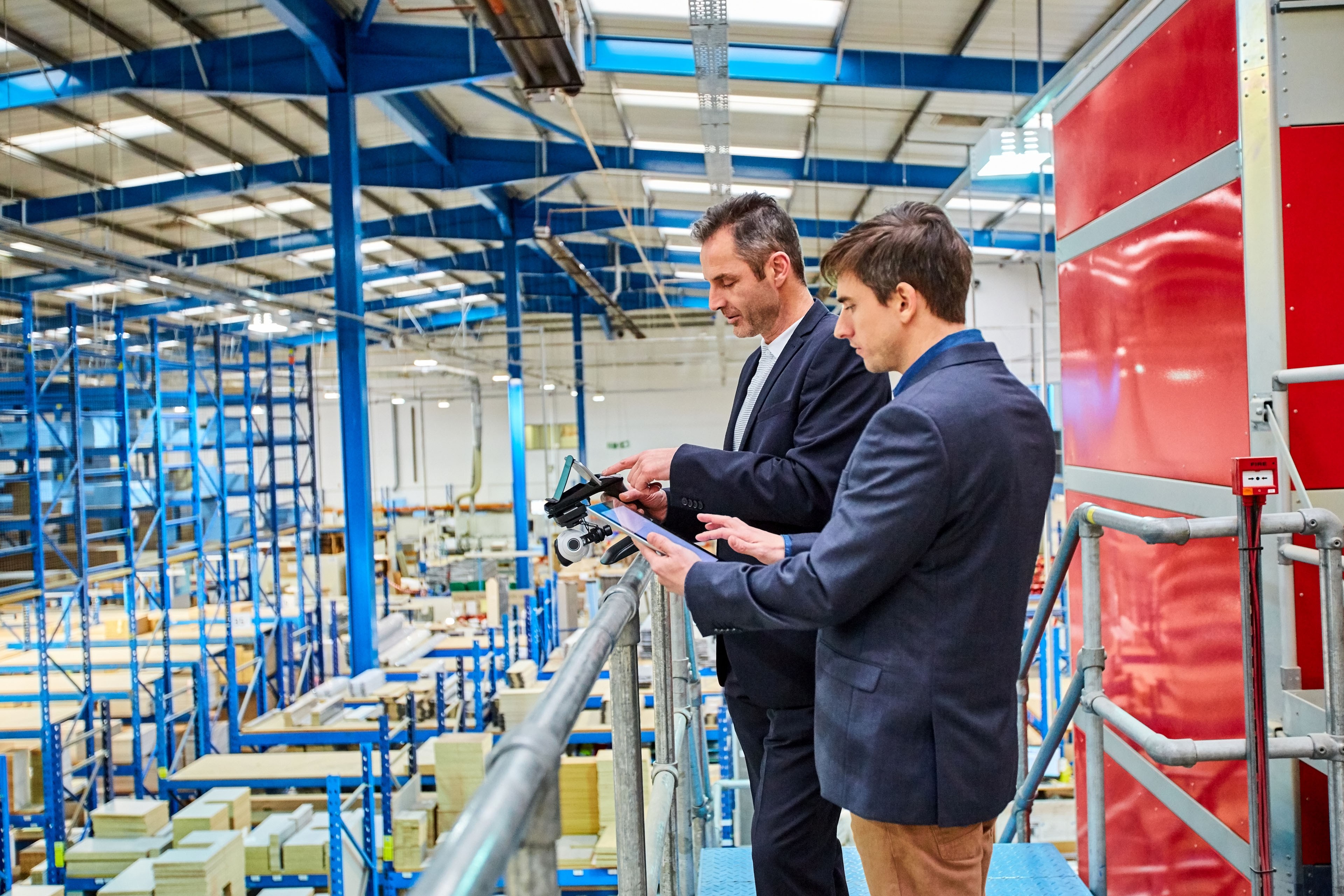EY refers to the global organization, and may refer to one or more, of the member firms of Ernst & Young Global Limited, each of which is a separate legal entity. Ernst & Young Global Limited, a UK company limited by guarantee, does not provide services to clients.
How EY can Help
3. How is technology transforming the business landscape?
Technology is a crucial factor that companies must take into account to stay relevant. For instance, Artificial Intelligence (AI) is an emerging technology that should be monitored closely. By digitizing processes, human involvement can be minimized, leaving room for human interaction where it really adds value. However, one need not fear doomsday scenarios in which there is no work left because of the new technology. Such predictions were made at the beginning of digitization, but the reality is that unemployment rates are historically low. Successful companies fully integrate technology into their business model, creating hybrid or fully technological services. Nonetheless, digitization puts greater demands on companies. Traditionally, a company had to excel in either operational efficiency, product leadership, or customer intimacy because each goal required significant resources. But with technology, a company can automate much of their customer intimacy and operational efficiency. Consequently, today, companies must excel in all three areas.





